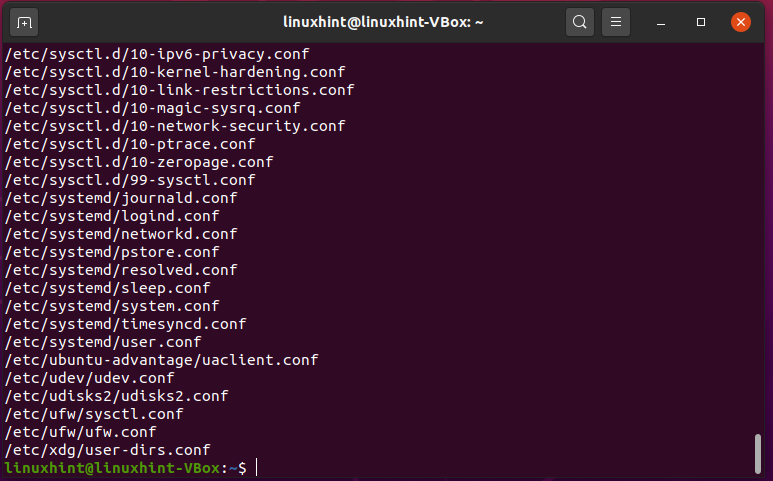

- #LINUX FIND FILE BY EXTENSION THEN DELETE SCRIPT HOW TO#
- #LINUX FIND FILE BY EXTENSION THEN DELETE SCRIPT WINDOWS#
#LINUX FIND FILE BY EXTENSION THEN DELETE SCRIPT HOW TO#
In this article, you have learned how to delete a file or delete a directory in R programming language by using unlink() and file.remove() functions.

The file -bi command will output the MIME type of the file. Warnings: Dont forget that the find command line is evaluated as an expression, so putting -delete first will make find try to delete everything below the starting points you specified. Use of -delete automatically turns on the -depth option. Here, using pattern with dir() to make sure only desired files will be selected to remove. If the file was found to be a shell script, the find command will proceed to output the files pathname (the -print at the end, which could also be replaced by some other action). If -delete fails, finds exit status will be nonzero (when it eventually exits). The following R example deletes or removes all matched files from a directory. Let’s finally use file.remove() function in R to remove files and folders, the following example removes all the files in a folder and its sub folders. Unlink('/folder/to/delete', recursive = TRUE, force = TRUE)
#LINUX FIND FILE BY EXTENSION THEN DELETE SCRIPT WINDOWS#
Windows cannot remove the current working directory or any file that is already opened by any process.įollowing is the syntax of the unlink() function.To delete a directory you have to use recursive = TRUE.TypeScript speeds up your development experience by catching errors and providing fixes. I just want to see if theres a possible way to avoid writing the file name again.

cpp but I need to specify the name of the file itself besides the extensions.


 0 kommentar(er)
0 kommentar(er)
